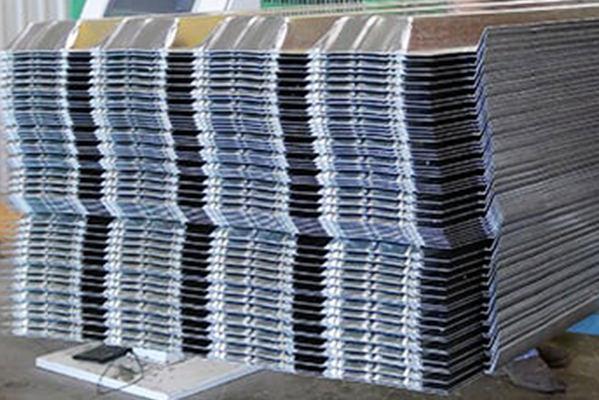Navigation Menu
Contact Us
- Email:
- info@wxavatar.com
- Address:
- Yurong Village, Yuqi Street, Huishan District, Wuxi, China.
Release Date:Jun 01, 2025 Visit:42 Source:Roll Forming Machine Factory
In recent years, the manufacturing sector has seen a growing trend of factories adopting purlin line stackers into their production workflows. These automated systems are becoming essential for businesses looking to enhance productivity and streamline operations. This article explores the key reasons behind this shift and the benefits that purlin line stackers offer to modern manufacturing facilities.

Improved Efficiency and Productivity
One of the primary reasons factories are integrating purlin line stackers is the significant improvement in efficiency. Traditional manual stacking methods are time-consuming and labor-intensive, often leading to bottlenecks in production. Automated stackers can handle large volumes of purlins quickly and precisely, reducing downtime and allowing workers to focus on other critical tasks.
Enhanced Workplace Safety
Manual handling of heavy purlins poses safety risks, including strain injuries and accidents. Purlin line stackers minimize human intervention in the stacking process, lowering the likelihood of workplace injuries. By automating repetitive and physically demanding tasks, factories can create a safer working environment for employees.
Consistent Stacking Quality
Human error in stacking can lead to uneven piles, increasing the risk of material damage or instability. Purlin line stackers ensure uniform stacking with precise alignment, reducing waste and improving the overall quality of stored materials. This consistency is particularly important in industries where proper stacking affects downstream processes.
Cost Savings Over Time
While the initial investment in a purlin line stacker may be substantial, the long-term cost savings justify the expense. Reduced labor requirements, fewer workplace injuries, and minimized material waste contribute to a faster return on investment. Additionally, automated systems require less maintenance compared to manual handling equipment, further lowering operational costs.
Scalability for Growing Operations
As factories expand their production capacity, manual stacking becomes increasingly impractical. Purlin line stackers offer scalability, allowing businesses to handle higher volumes without proportionally increasing labor costs. This flexibility makes them an ideal solution for growing manufacturing operations.

Conclusion
The integration of purlin line stackers into factory workflows is driven by the need for greater efficiency, improved safety, consistent quality, cost savings, and scalability. As manufacturing processes continue to evolve, automated stacking solutions are becoming a standard feature in modern facilities. Factories that adopt this technology position themselves for long-term success in an increasingly competitive industry.